Project description
"Young Climate Action for World Heritage" is an international educational project of the Institute Heritage Studies in cooperation with the German Commission for UNESCO. The youth project innovatively combines the topics of UNESCO World Heritage, Education for Sustainable Development and climate change. At six World Heritage Sites, students in international teams from the UNESCO Associated Schools Network and beyond are exploring the following question by using creative and action-oriented methods: How can we take responsibility for the sustainable preservation of World Heritage Sites and for combating climate change locally? The results will be presented at the World Her-itage sites and prepared in a publication for educational actors.
Key task for current and future generations
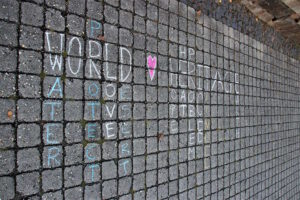
 Climate change at World Heritage Sites: Acting together internationally
Climate change at World Heritage Sites: Acting together internationally
Students from UNESCO project schools and other schools in Germany and in European partner countries will work at one of six World Heritage Sites:
- Wadden Sea
- Archaeological Border Complex Hedeby and Danevirke
- Mines of Rammelsberg, Historic Town of Goslar and Upper Harz Water Management System
- Palaces and Parks of Potsdam and Berlin
- Erzgebirge/Krušnohoří Mining Region
- Moravian Church Settlements, component part Herrnhut (World Heritage Candiadate)
During one school year, the students deal with the following questions: What does our common heritage mean to us? To what extent is it threatened by climate change or does it help to mitigate it? And most importantly, how can we take responsibility for the preservation of the World Heritage Site and combat climate change locally? The cross-border cooperation of the young people at the World Heritage Sites takes into account that climate protection requires joint international action. A basic principle of ESD - think globally, act locally - can thus be experienced in practice at World Heritage Sites.
 Action-oriented and creative: Pupils active for climate protection at World Heritage sites
Action-oriented and creative: Pupils active for climate protection at World Heritage sites
In the project, the students creatively develop suitable results for their World Heritage site and contribute their own interests and strengths. The spectrum of results can range from artistic-creative formats such as video clips, performances and installations to guided tours or lectures as well as podcasts or newspaper articles. In the implementation of their ideas, they are accompanied in terms of content and pedagogy by their teachers, the National Coordination of UNESCO Associated Schools Network Germany based at the German Commission for UNESCO and the Institute Heritage Studies. In summer 2023, project results will be presented at the World Heritage Sites and in schools. Additionally, the impulses gained around the innovative linking of World Heritage Education and climate change will be prepared in a publication for educational actors and other interested parties.

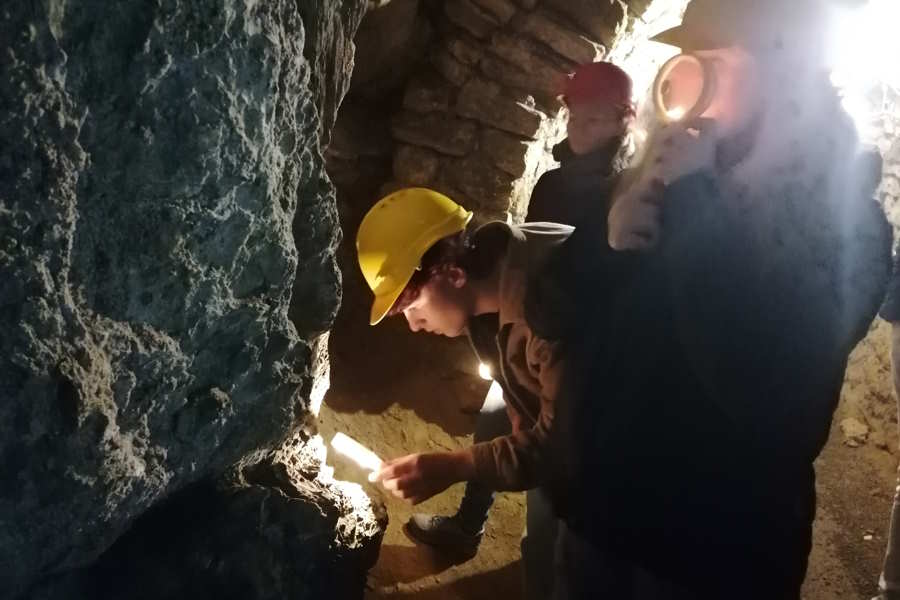
Added values of the project:
- Innovative topics: UNESCO World Heritage, climate change and ESD
- Innovative approach: interdisciplinary, creative, action-oriented
- International collaboration: international teams of students working together on (transboundary) World Heritage Sites
- Exciting learning experience: on-site at World Heritage Sites and in virtual webinars
- Strengthened networks: between UNESCO World Heritage Sites, UNESCO Associated Schools, other schools and across borders
Links to the project
- Institute Heritage Studies: https://heritagestudies.eu/en/young-climate-action-for-world-heritage/
- UNESCO Associated Schools in Germany: https://www.unesco.de/en/education/unesco-associated-schools
- Federal German Environmental Foundation: https://www.dbu.de/projekt_37841/01_db_2848.html
- All Partners Overview: https://heritagestudies.eu/youngclimateaction/en/project-partner/

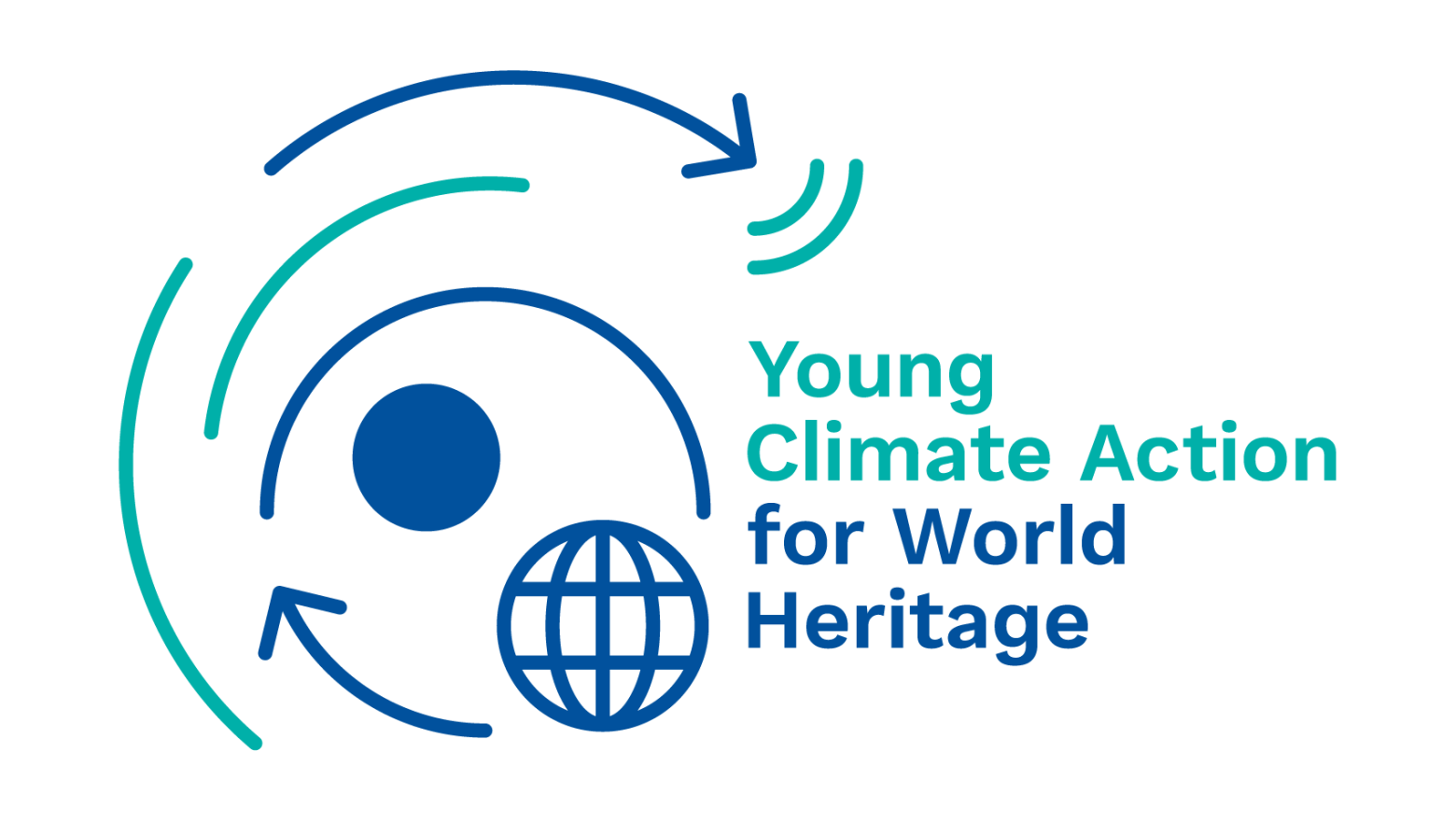
![Youg Climate Action for World Heritage - Graphic Recording by Anja Riese [https://www.anjariese.com/] Youg Climate Action for World Heritage](https://heritagestudies.eu/youngclimateaction/wp-content/uploads/sites/10/2023/12/UPS_Young_Climate_Action_Poster_Druck-A3-1.jpg)
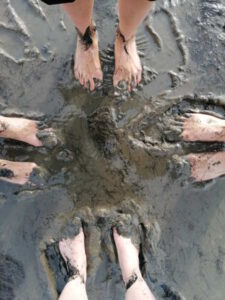 Climate change at World Heritage Sites: Acting together internationally
Climate change at World Heritage Sites: Acting together internationally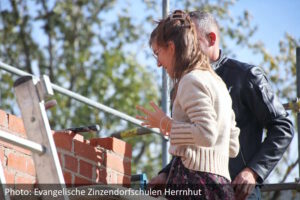 Action-oriented and creative: Pupils active for climate protection at World Heritage sites
Action-oriented and creative: Pupils active for climate protection at World Heritage sites